Localisation in renewables still lacking in high value
On December 14 in Hanoi, the German Development Agency’s Clean, Affordable, and Secure Energy for Southeast Asia (CASE) programme offered a comprehensive assessment of the market potential and staged participation opportunities in each renewable energy subsector in the country.
According to CASE director Vu Chi Mai, Vietnam has the capacity to domesticate renewable energy by 2050. The localisation rate for solar power is projected to increase from 37 to 55 per cent, and for wind power from 45 to nearly 80 per cent. Localised value may amount to $80 billion, or half of the total market potential. “We are keen on the possibility of specialisation in the wind and solar power sectors when Vietnam establishes an enormous market for these two energy industries,” Mai said.
The localisation rate is the proportion of industrial components and basic materials utilised that are produced domestically as opposed to those that are imported.
According to CASE, the localisation rate during the project development phase (specifically, the production of technical reports) for onshore wind power has achieved a remarkable 90 per cent. Additionally, 85 per cent of foundation components and equipment were manufactured, and 70 per cent of wind power plant installations were completed. Transformer stations, cables, and support pillars, in particular, have a significantly reduced domestic ratio of 30, 10, and 3 per cent, respectively.
However, at the present time, Vietnam lacks a manufacturing facility capable of fabricating wind turbine components, such as nacelles, hubs, and blades. Furthermore, there are only eight manufacturing facilities in Vietnam with an estimated annual capacity of 10–20GW, with the majority of this capacity devoted to exports.
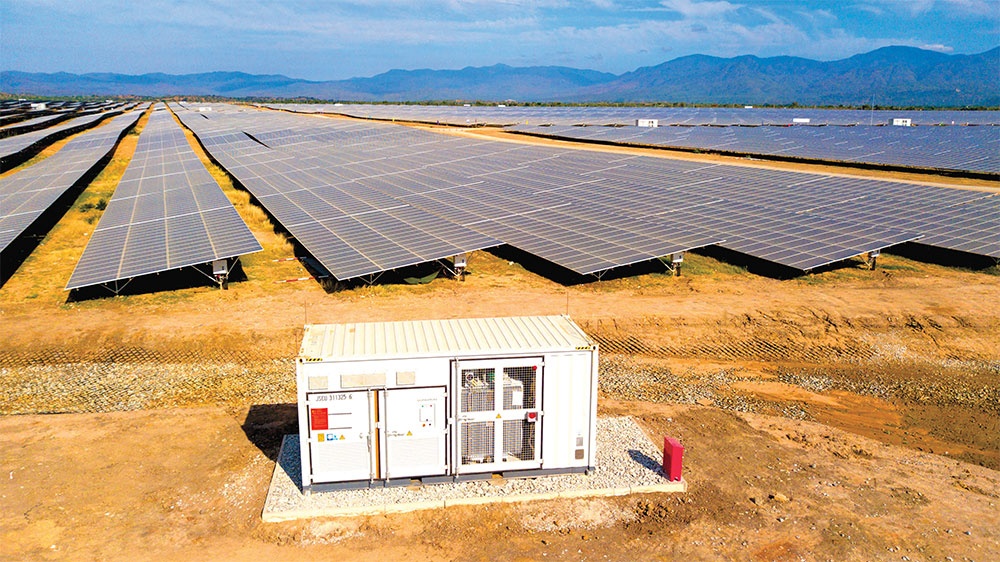 |
A dynamic market
On the basis of cost calculations and analysis, Mai recommended segments with substantial localisation potential in Vietnam.
“Vietnam should initially concentrate on developing segments in which it has a competitive advantage. Then, it should contemplate development strategies for segments characterised by advanced technological complexity, where Vietnam possesses limited superiority,” Mai said.
Vietnam is recognised as the most dynamic market in the Asia-Pacific area and is at the forefront of renewable energy development in Southeast Asia. However, Tran Thi Hong Lan, deputy director of the State Agency for Technology Innovation under the Ministry of Science and Technology, noted that Vietnamese enterprises continue to exhibit a limited level of involvement in the supply chain pertaining to wind and solar power.
“According to our statistics, renewable energy initiatives continue to import 90 per cent of their instruments at this time. Localisation progression has been sluggish due to a lack of evaluation capacity and infrastructure in addition to technological capacity, and a manufacturing level that fails to meet requirements,” Lan said. “Vietnam continues to require policy structures that can promote industry for renewable electricity.”
| The government prioritises the vigorous development of renewable energy sources for electricity generation in the Power Development Plan VIII, which is projected to comprise approximately 31–39 per cent of the total by 2030. Vietnam Electricity projects that the system’s aggregate output reached 257.35 billion kWh in November, representing an increase of 4.3 per cent compared to the corresponding period in the previous year. Among this amount, 34.7 billion kWh was derived from renewable energy sources, representing 13.5 per cent of the total output. The phases of project development, equipment manufacturing and installation, and factory construction for wind and solar projects are estimated to collectively have a market potential of $160 billion between 2025 and 2050, representing 1.02 per cent of the nation’s GDP. Offshore wind power comprises the greatest proportion, accounting for 51.8 per cent of the total, followed by onshore wind power at 24 per cent and solar power also at 24 per cent, according to the German Development Agency. |
Generating advantages
The issue of localising renewable energy is not unique to Vietnam. Fabby Tuwina, executive director of the Indonesian Institute for Essential Services Reform, stated that solar energy is expanding at an exponential rate in Indonesia, drawing on personal experience from the country. By the end of 2023, Indonesia is projected to achieve a solar power capacity of approximately 0.8-1GWp.
“In light of its trajectory, Indonesia has established a 40 per cent localisation target for the development of solar panels by 2030,” Tuwina said. “Localisation in solar power development helps generate green employment and reduce imports. The solar power sector has the potential to generate 1,300 manufacturing jobs per gigawatt of electricity produced.”
In addition to enhancing the efficiency of domestic businesses, the objectives of promoting locally produced goods are to fulfil the national energy policy’s targets for renewable energy and to satisfy electricity demand.
The market potential for solar energy is enormous, with annual investment projected to range $2-7 billion by 2030, but Tuwina also identifies substantial obstacles.
“The residential solar panel market is constrained to less than 15 per cent installed capacity due to rooftop solar power. Domestically produced goods reach the market for a mere 5 per cent of the total,” Tuwina said.
Institute of Energy representative Nguyen Ngoc Hung noted that Vietnam is developing an industrial ecosystem for renewable energy. “However, the implementation of wind and solar power technologies locally depends on various factors, such as the level of implementation of the national power plan, the competitiveness and development orientation of domestic enterprises, and state policies,” Hung said.
He asserted that the category’s capacity to localise offshore wind power projects, encompassing activities such as foundation supply, transmission lines, onshore and offshore transformer stations, port construction, and operation and maintenance, can approach 40 per cent. “With that in mind, Vietnam requires enhanced transparency in its procedures, competitive electricity rates, establishment of equipment supply chain priority areas, and new infrastructure,” Hung said.
| Dr. Nguyen Duc Hien, deputy head Central Committee Economic Commission
In 2022, the energy industry was designated as one of the six foundational industries of Vietnam. The move placed emphasis on the advancement of new energy and renewable energy industries, and further acknowledged the significant contribution of foreign-invested enterprises to breakthroughs. However, it emphasises that domestic enterprises are crucial in ensuring the effective implementation of this process. Meanwhile, the energy industry in Vietnam still faces several obstacles. As a result of the insufficiency of domestic supplies to satisfy the brisk growth in energy demand, numerous power projects are falling behind schedule. Annual declines occur in the reserves and production output of gas, crude oil, and coal. Import obligations for energy pose a challenge to the growth of Vietnam’s energy industry, as they diminish energy independence and heighten reliance on other nations’ economies. With policies, structures, and technologies undergoing significant transformations, the global energy industry has shifted its focus from the production and consumption of conventional fossil fuels to the utilisation of sustainable renewable energy sources. As a result, in order to guarantee energy, Vietnam must expeditiously formalise and implement the objectives it has set out. |
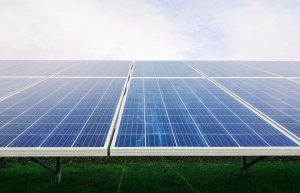 | EPTC withdraws proposal for price cuts in FIT for renewable energy projects Electricity Power Trading Company (EPTC), part of Vietnam Electricity (EVN), initially proposed a reduction in purchase prices for 38 renewable energy projects currently benefiting from a 20-year incentive scheme. However, it was retracted just a day later. |
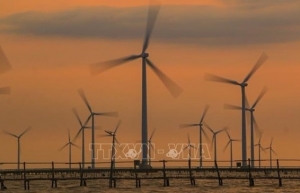 | Measures sought to increase localisation rate in wind, solar power development Experts sought measures to increase the localisation rate in wind and solar power development in Vietnam during a conference in Hanoi on December 14, aiming to realise the Party and State’s orientations and policies regarding technology application, transfer and development in the energy industry. |
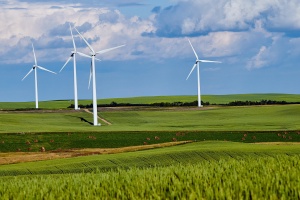 | Vietnam explores renewable energy export strategy On December 23, Vietnam's Deputy Prime Minister Tran Hong Ha tasked the Ministry of Industry and Trade (MoIT) with developing a framework to explore wind and solar energy. |
What the stars mean:
★ Poor ★ ★ Promising ★★★ Good ★★★★ Very good ★★★★★ Exceptional
Related Contents
Latest News
More News
- Nestlé Vietnam pioneers sustainable development and promotes business connections (December 06, 2025 | 12:09)
- CSI 2025 highlights rise of Vietnam’s green champions (December 06, 2025 | 09:00)
- Vietnam’s forest carbon credits draw global interest (December 05, 2025 | 17:41)
- Coro Energy to launch BESS Pilot in Vietnam (December 04, 2025 | 15:12)
- Vietnam strengthens energy storage pathway (December 04, 2025 | 15:05)
- Women take leading role in agriculture and food systems (December 03, 2025 | 19:04)
- Experts highlight unpaid care work as key barrier to gender equality (December 03, 2025 | 15:15)
- Vietnam sets pace for dual transition in industry and trade (December 03, 2025 | 14:12)
- Harnessing technology for a sustainable future in Vietnam (December 03, 2025 | 12:17)
- Sustainability efforts on right track through policy and tech (December 03, 2025 | 12:05)

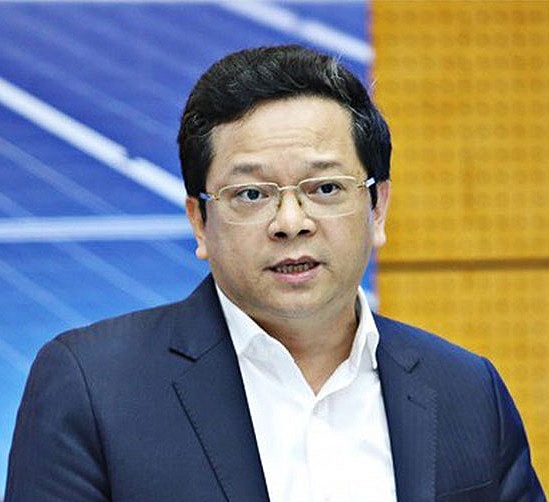
 Tag:
Tag:


















 Mobile Version
Mobile Version